- Home
- >
- Preservation Archaeology Blog
- >
- The Diné History of Chaco Canyon
Wade Campbell, Asst. Professor, Boston University Dept. of Anthropology & Archaeology Program
(November 8, 2022)—I am a Diné archaeologist whose research explores a variety of Navajo-focused archaeohistorical topics from across Diné Bikeyah—Navajoland—an area that extends beyond the borders of the modern Navajo Nation to include much of the greater Four Corners region. To date, much of my work has focused on the history of Dinétah—the ancestral Diné heartland along the Upper San Juan River in northwestern New Mexico and southwestern Colorado—while other projects consider the more recent history of reservation-era Navajo life in areas like Black Mesa and the Chuska Mountains. However, when Paul Reed approached me at the 2019 Pecos Conference to see if I’d be interested in participating in a planned Diné-focused cultural landscape inventory assessment (CLIS) of the Chaco Culture National Historical Park, I knew it was an offer I couldn’t refuse!
Why might this be the case, dear reader? Put simply, because the Diné history of Chaco Canyon (and indeed, the greater Chaco/Chacra portion of the San Juan Basin) is fascinating. And although archaeologists have worked in this area for over 125 years (with Navajo individuals intimately involved as both laborers and ethnographic consultants), work explicitly focused on the Diné component of this tradition has been effectively limited to the work of Gwinn Vivian in the late 1950s and the Navajo component of the Chaco Project, which was spearheaded by David Brugge in the 1970s and early ’80s. While these projects highlighted areas of interest and avenues for future work, the truth is that the centuries-long Diné history of the Park lacks any real interpretive engagement, particularly when compared to the canyon’s Chacoan “Golden Age.”
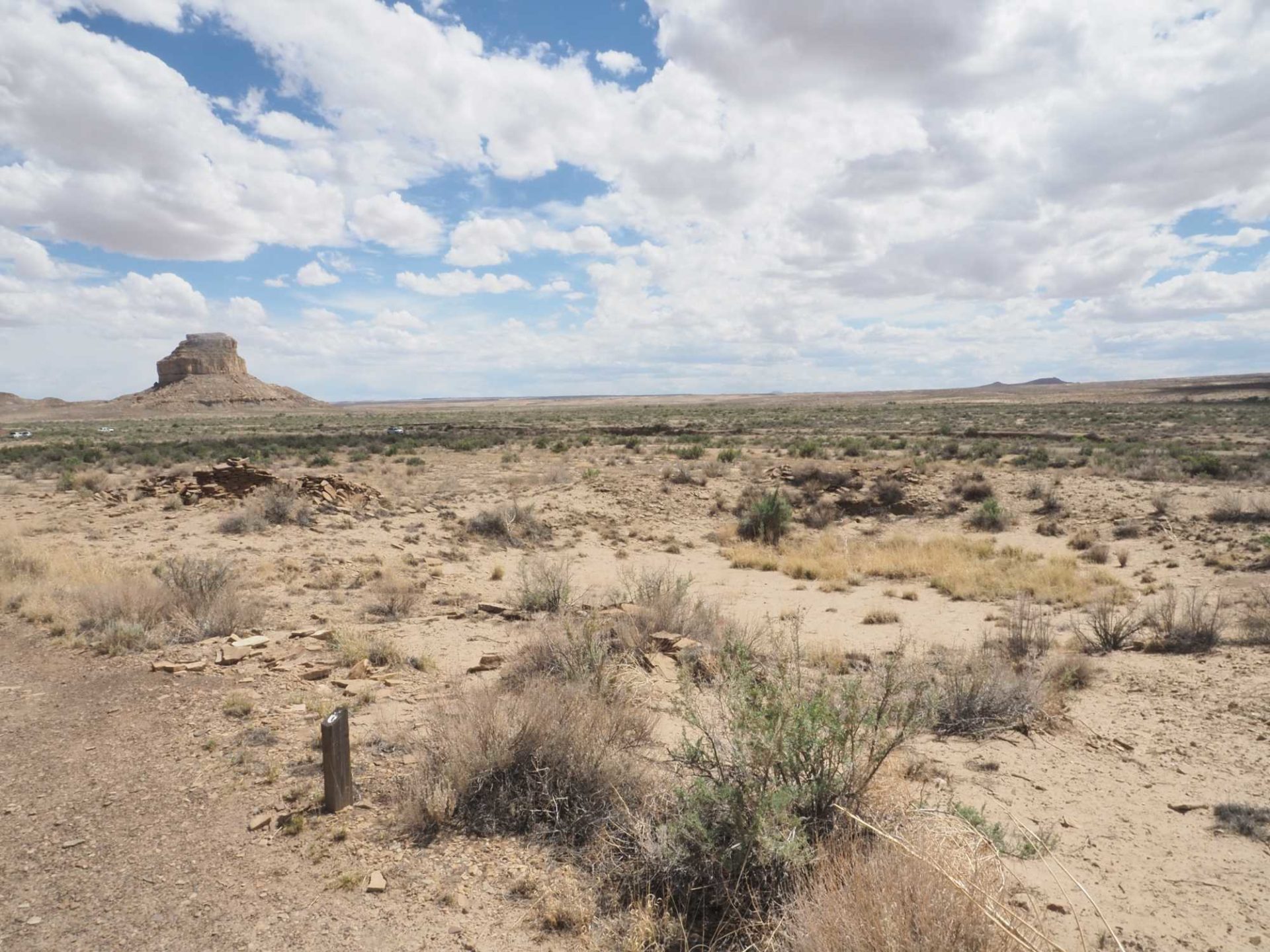
With this in mind, four key points come to mind when considering the Diné history of the greater Chaco Region. First, it’s substantial and complex. Over 750 Navajo sites have been identified within the bounds of the Park alone, with untold numbers in the surrounding area, especially along Chacra Mesa to the east (see this recent Archaeology Café with Davina Two Bears and Ruth Van Dyke in which they discuss their re-documentation project on Chacra Mesa). These sites date from the mid-20th century back before the Spanish colonial period and are associated with a wide variety of uses, including everyday residence, specialized ceremonial activities, and self-defense. Indeed, many of the descendants of Navajo residents evicted from the Park area during the first half of the 20th century continue to maintain their relationships to the canyon by working for the National Park Service (NPS), while Diné oral histories recount older interactions between Diné families and the residents of the canyon’s great houses deep in the Ancestral Southwestern past, relationships that contributed to the origins of several Diné clans.[1]
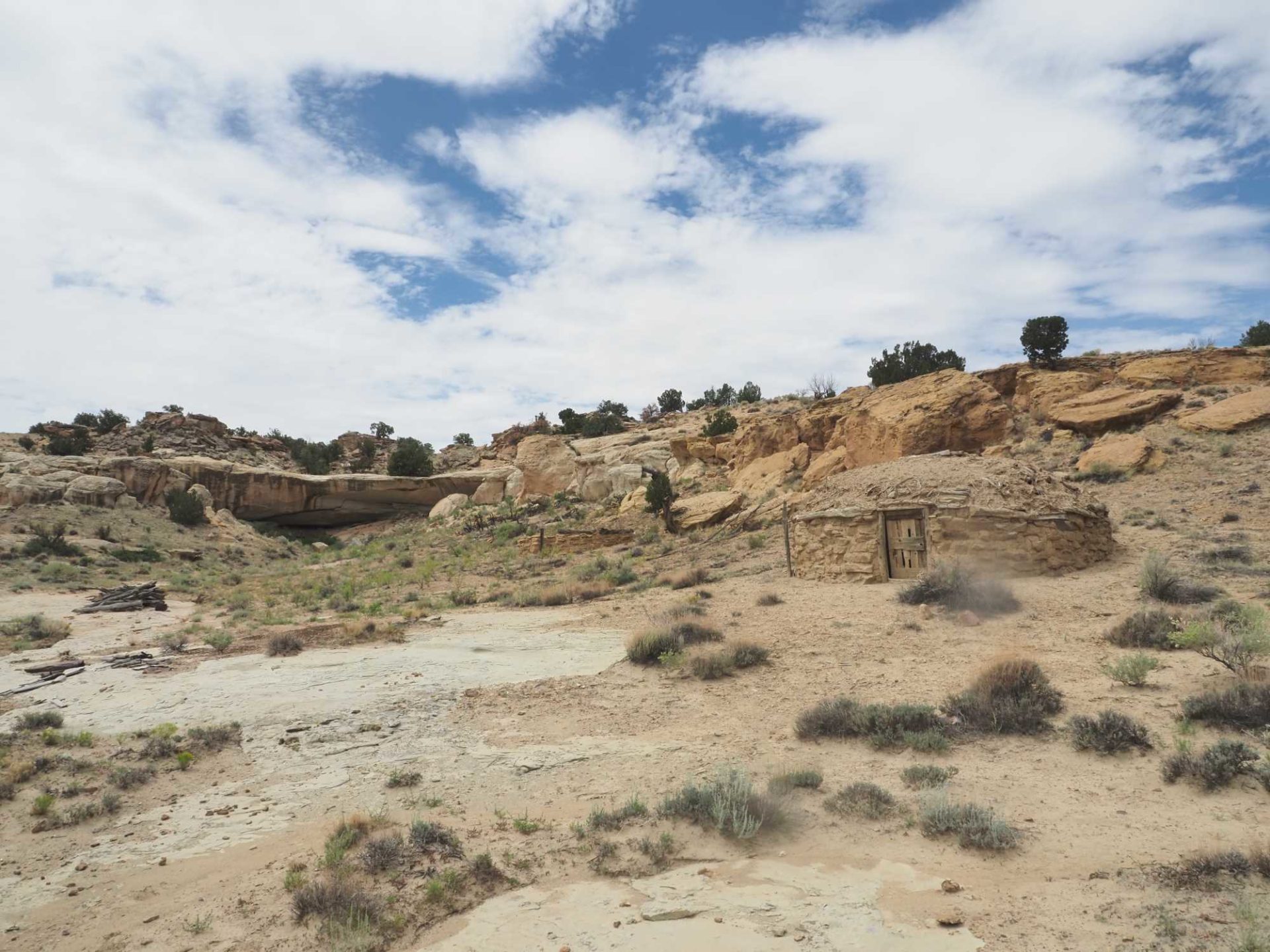
Within this longer time span, the Chaco region’s more recent “colonial era” history from the 17th century onwards is particularly intriguing. It is a story of numerous peoples interacting in very complicated (and often violent ways) and—from the Diné point of view, at least—taking actions and making decisions that have allowed for the continued survival of the area’s Navajo community. One of the best examples of this can be seen through the lens of the pueblitos, a general class of post-1700 Navajo defensive sites distinguished largely by the presence of masonry architecture. These sites served as important centers within local Diné communities, offering both refuge and secure gathering places to Navajo families. Although the largest concentration of pueblitos is found in Dinétah, they exist in other parts of Navajoland as well, including the central San Juan Basin. In fact, there are at least a dozen along the entire length of Chaco Wash and—depending on how you count—between two and six pueblito-type sites located within the bounds of the Park proper.
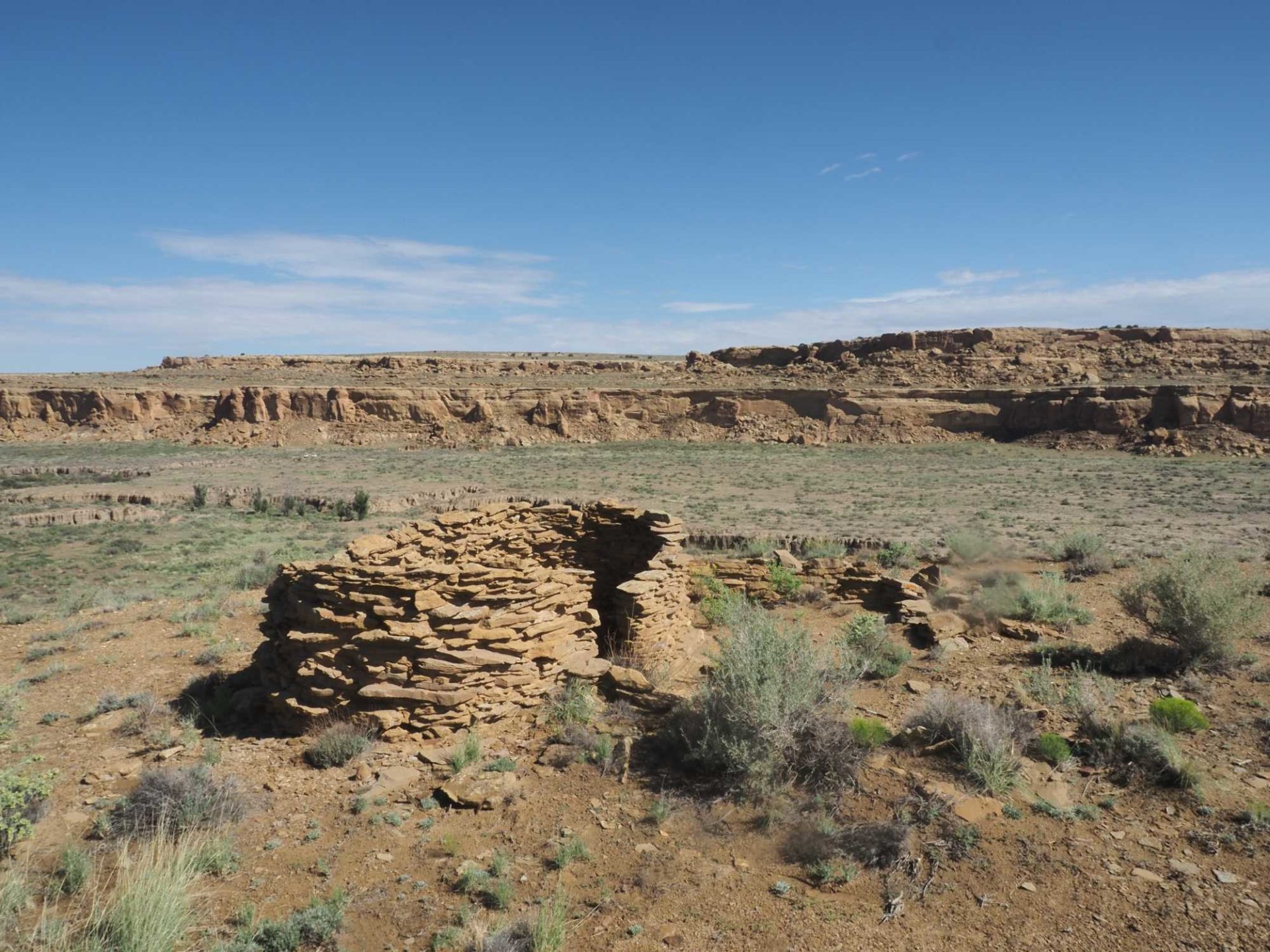
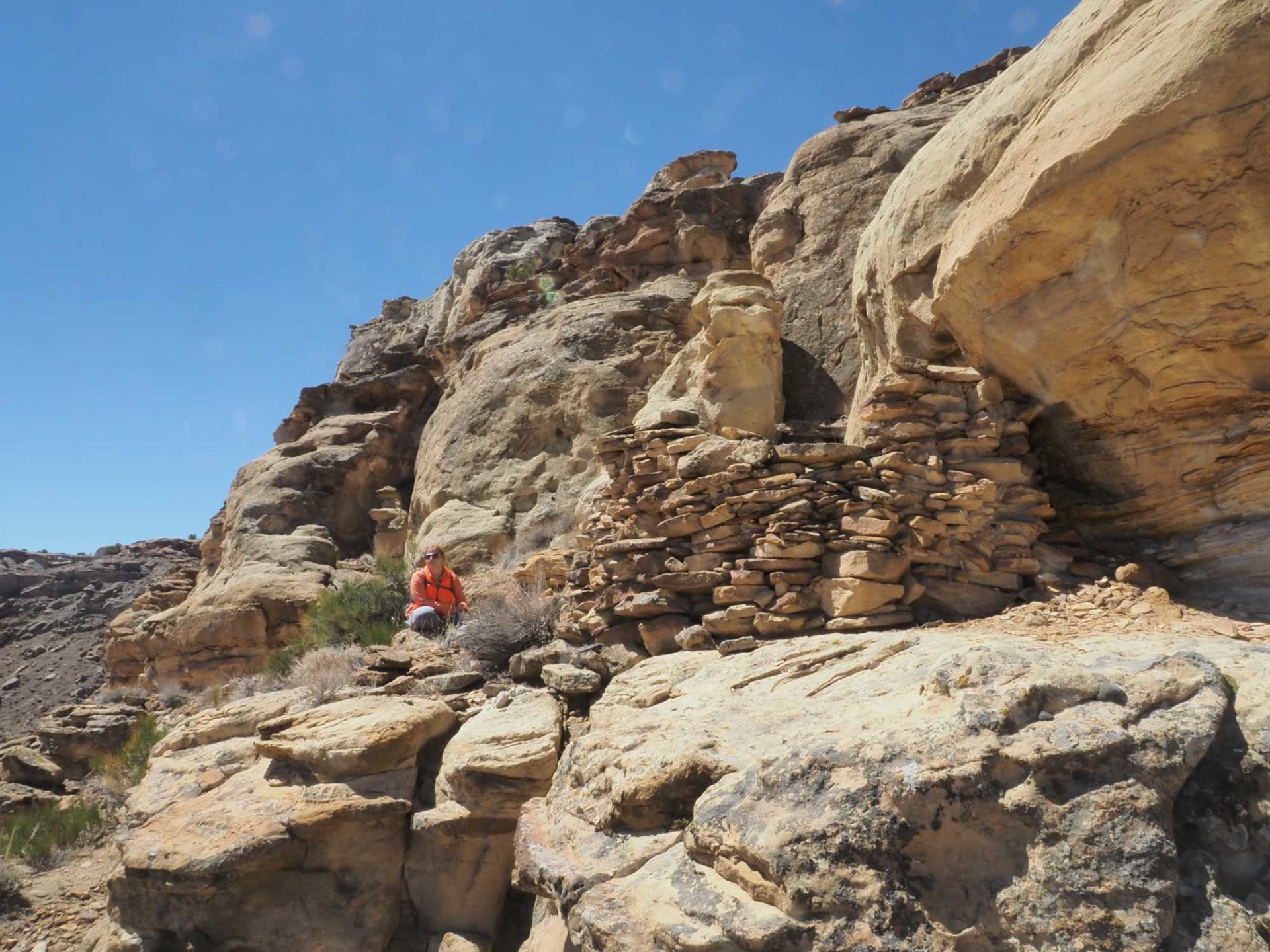
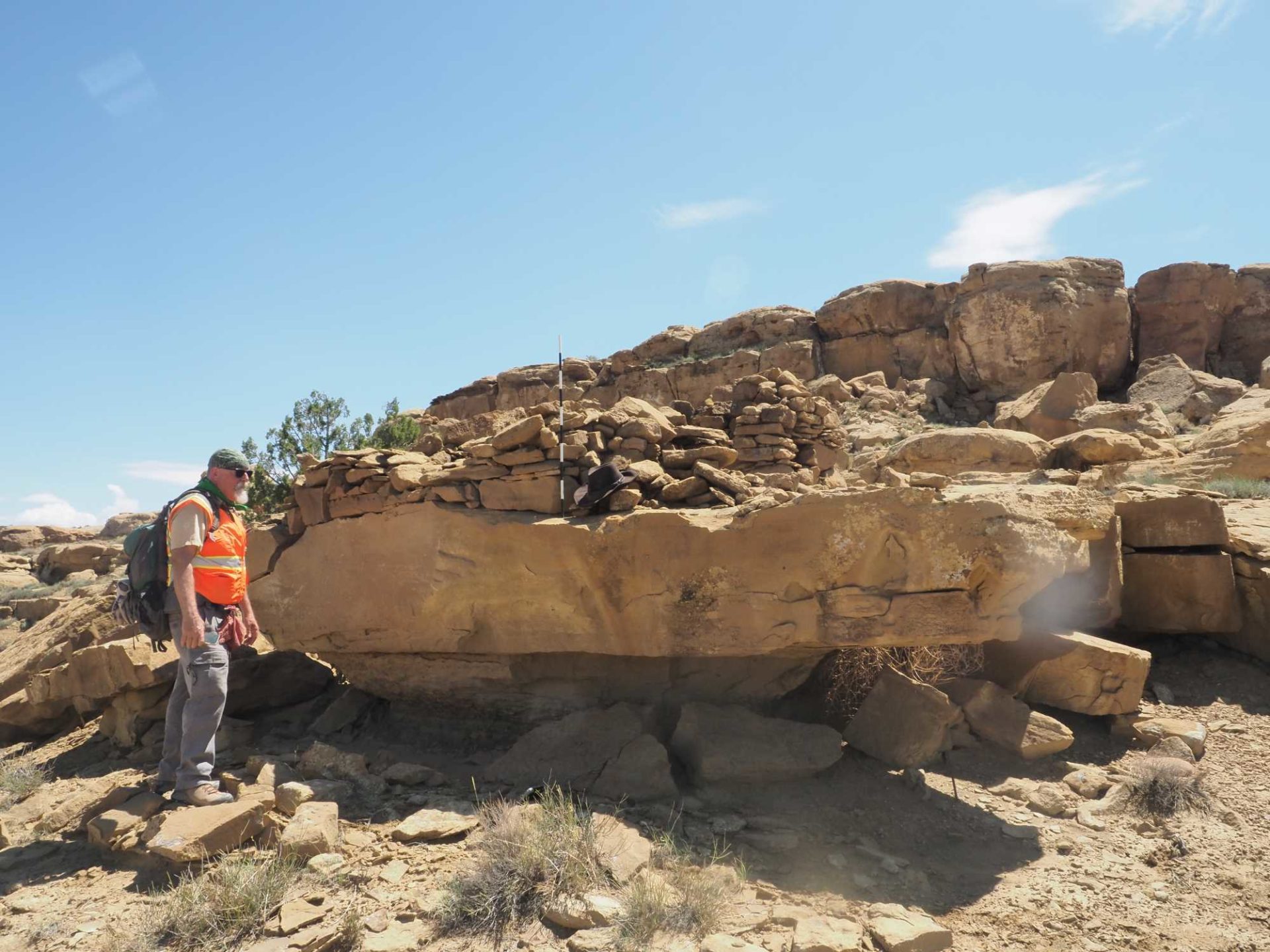
This discrepancy/uncertainty in the number of pueblito sites in the Park highlights a third issue: Our poor understanding of the local Chaco Navajo occupational history prior to the 20th century is due to a series of interpretive and methodological complications. Notably, most of the Park’s Navajo sites were originally identified on the ground by archaeologists more familiar with the Ánaasází archaeological record than the Navajo one.[2] The majority of this work also predated the explosion of early Navajo archaeology that occurred in the late 1980s and ’90s due to the Fruitland Coal Gas Project in Dinétah. The Fruitland findings radically revised our knowledge of early Navajo archaeology and history, including—most significantly—material refutations of the long-standing “Pueblo Refugee” hypothesis.[3] Because the main Chaco Navajo studies by Vivian and Brugge were carried out according to this earlier framework, however, our knowledge of early Navajo history in the region has arguably been hampered by a focus on old-fashioned definitional debates (for example, distinctions between Pueblo, Puebloid, and Navajo architecture at early Navajo sites), limited material studies, and the lack of a larger synthetic assessment of early Chaco Navajo life within the greater regional scope of Diné history.
It’s perhaps fitting then that the final takeaway from Archaeology Southwest’s CLIS work at Chaco is a question: Looking forward, how can the renewed study of Chaco’s Navajo archaeology expand current knowledge about past Diné life in the greater San Juan Basin throughout the centuries? The pueblitos again offer us a convenient jumping-off point to think about the complicated world of northwest New Mexico in the decades leading up to the deportation and internment of the Navajo by the U.S. in 1864. Viewed through an updated analytical lens, it is clear that these sites form key intervisible nodes within a larger mid/late-18th century Navajo settlement system that extends along the greater Chaco Wash drainage and echoes what we see in Dinétah.
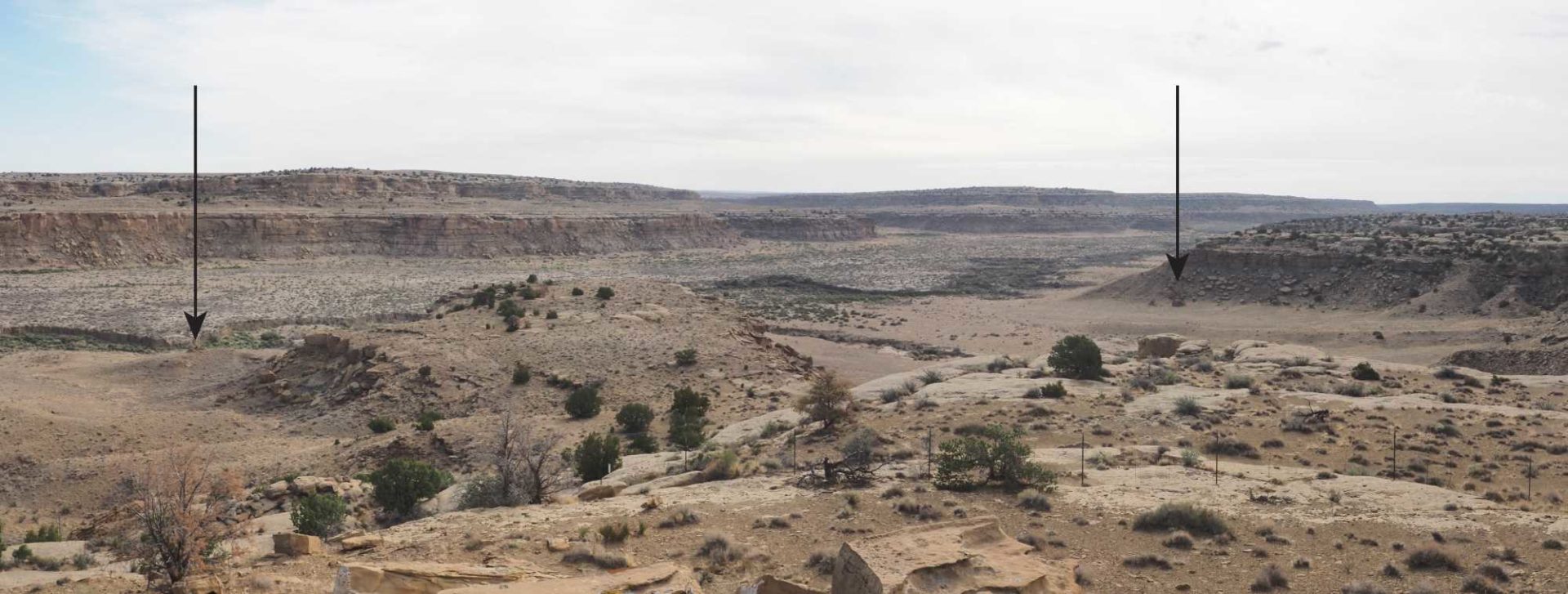
Oral traditions tell of raids by Utes and others into the canyon, which formed a natural highway west from the Rio Grande valley to the Chuska Mountains and Narbona Pass. Given that this was the route by which the New Mexican guide Carvajal led the Simpson Expedition in 1849, it’s safe to say that this route was well known to the 18th and 19th century New Mexican slaving expeditions targeting Navajo communities in the Basin and further west. Coupled with the evidence for “hidden” 18th and 19th-century Navajo residential sites throughout the Park, these data open the door to discussions of the region’s history during “the fearing time” and the ways in which Chaco Navajo families negotiated these various challenges into the present day.
Although previous archaeological studies unintentionally helped to keep this record hidden, the CLIS process begun by Archaeology Southwest this past summer offers a new way for the Park to reengage with the study and interpretation of Chaco’s long Diné history.
[1] These earliest Diné connections with Chaco Canyon are detailed in numerous different Diné oral traditions. They have been described for wider audiences by Diné researchers such as Richard Begay and Taft Blackhorse, as well as non-Navajo researchers such as Klara Kelley, Robert Weiner, and others.
[2] Ánaasází is a Diné term for the ancestral populations of the greater Four Corners region and is inclusive of Paleoindian, Archaic, and other past communities, including those peoples many Southwestern archaeologists and the NPS refer to as “Ancestral Puebloan.”
[3] The Refugee Hypothesis revolved around the idea that Navajos were acculturated to the Southwestern world by Pueblo peoples fleeing Oñate’s Reconquista in the 1690s. In this model, early Navajos learned to make polychrome pottery and build in stone from the Pueblos. However, the Fruitland work has shown that the development of early Navajo Gobernador Polychrome pottery occurred sometime around 1630 (perhaps tied to a pan-Southwestern anti-Spanish social movement), whereas the pueblitos are an early/mid-18th-century response to increased Ute, Comanche, and New Mexican raiding.
6 thoughts on “The Diné History of Chaco Canyon”
Comments are closed.
Explore the News
-
Join Today
Keep up with the latest discoveries in southwestern archaeology. Join today, and receive Archaeology Southwest Magazine, among other member benefits.
Thanks, Wade, for opening a door to a future more complex view of early Dine history in Chaco and beyond. We need such a framework in order to answer such questions as how colonial-period Dine of the Chaco region took part in transmitting Dine knowledge about pre-Columbian Dine-Anasazi interactions, and has come from precolmbian times down to the present in Dine ceremonial origin narratives.
I loved reading this, Wade, and admire your journey.
Thanks Wade. Looks great, I’d only change the fact that the earlier work (which always stressed the late arrival of Navajo) was NOT unintentional, it was intentional, and court cases stressed that, etc., etc. Jim
I will enjoy reading your future research of Chaco Canyon. I am glad you stated Ánaszází is a Diné term. Going further in the word Ánaszází, it actually means our “ancient ancestors.” Zází is a Diné word meaning our relatives.
This is in contrast and direct opposite of the definition of what others say – “ancient enemy.” Others meaning the NPS and the IPCC.
I hope this narrative is revealed in your future writings..
Ahéhee’ Shi Yázhí for this information. It’s important that the truth come out regarding our Diné history and our do and early connections to Chaco. Taft has so much to say and share. Every Diné medicine person knows our ties to this ancestral place.
I receive seeing you as a child student at St. Michael’s and am proud of you now.
Hello! I have been trying to do research on Cly’s Canyon, specifically who it is named after. My Father, Billy Cly was born and raised near Chaco Canyon. His Father Pat Cly use to work at Chaco. I haven’t been able to locate much and hoping you had some insight.
Thanks so much,
Brenda Cly